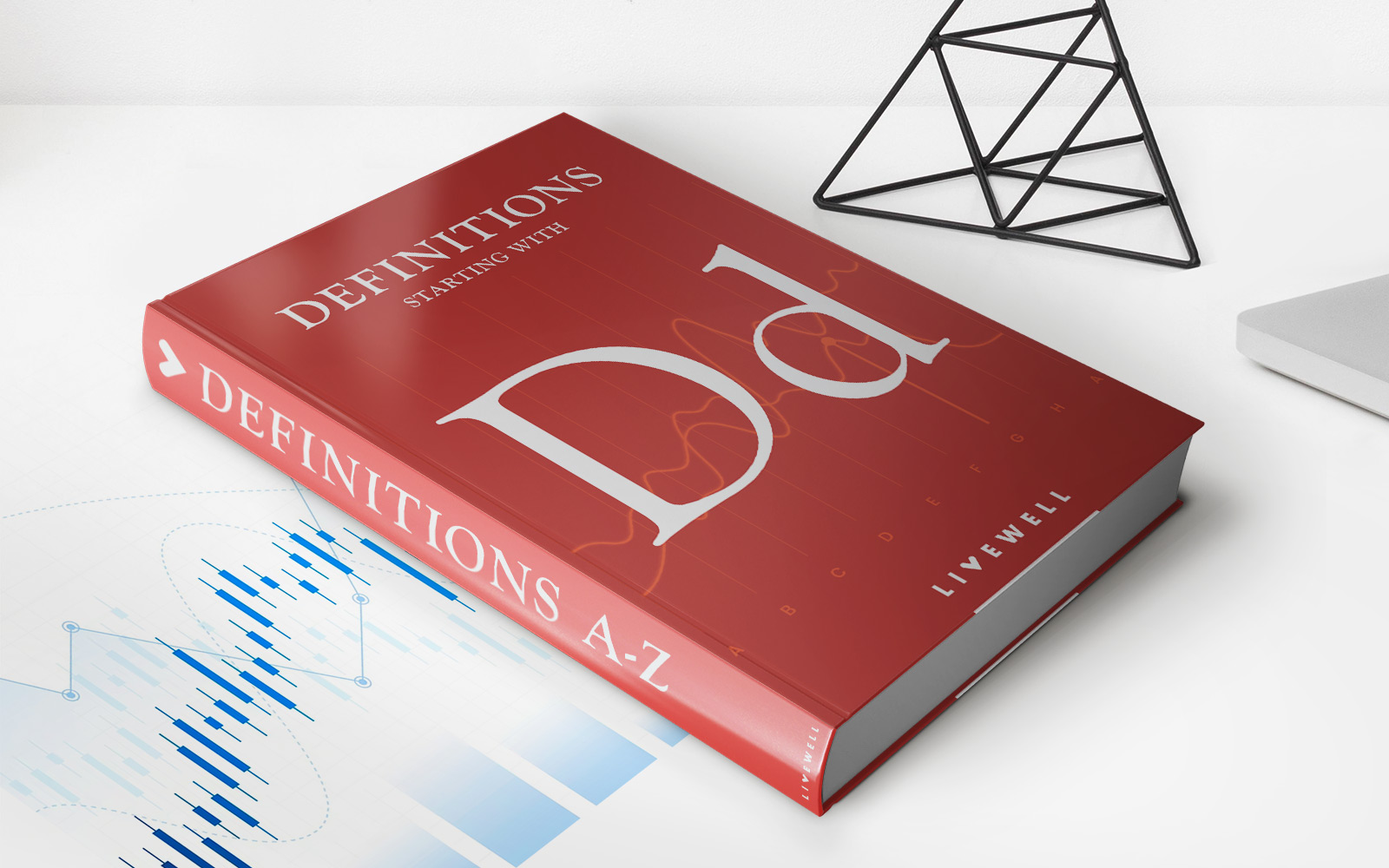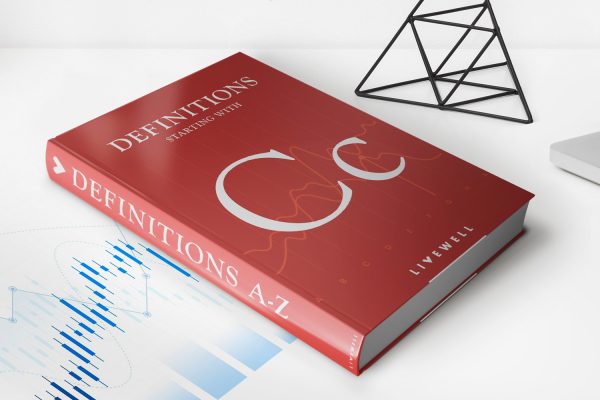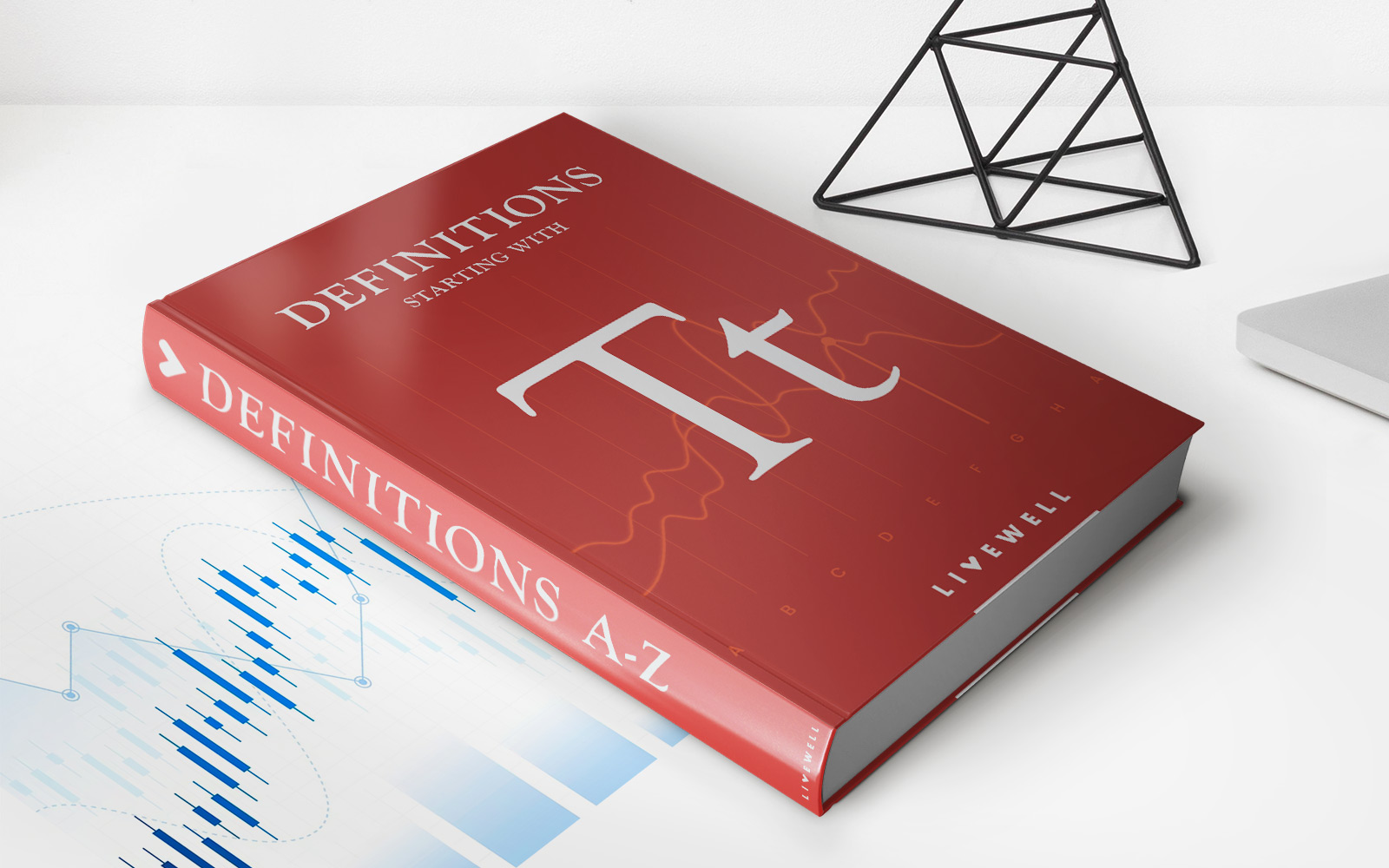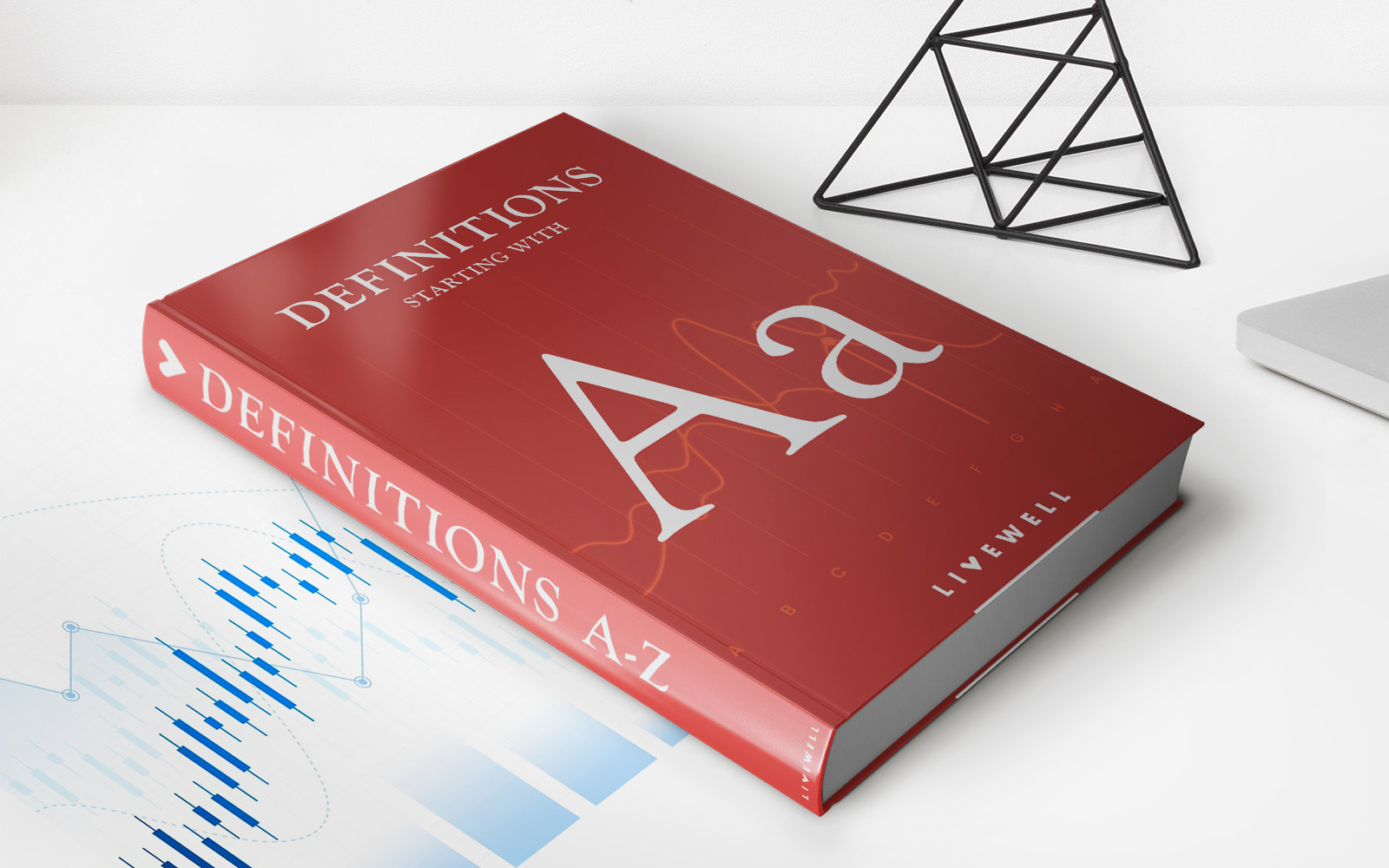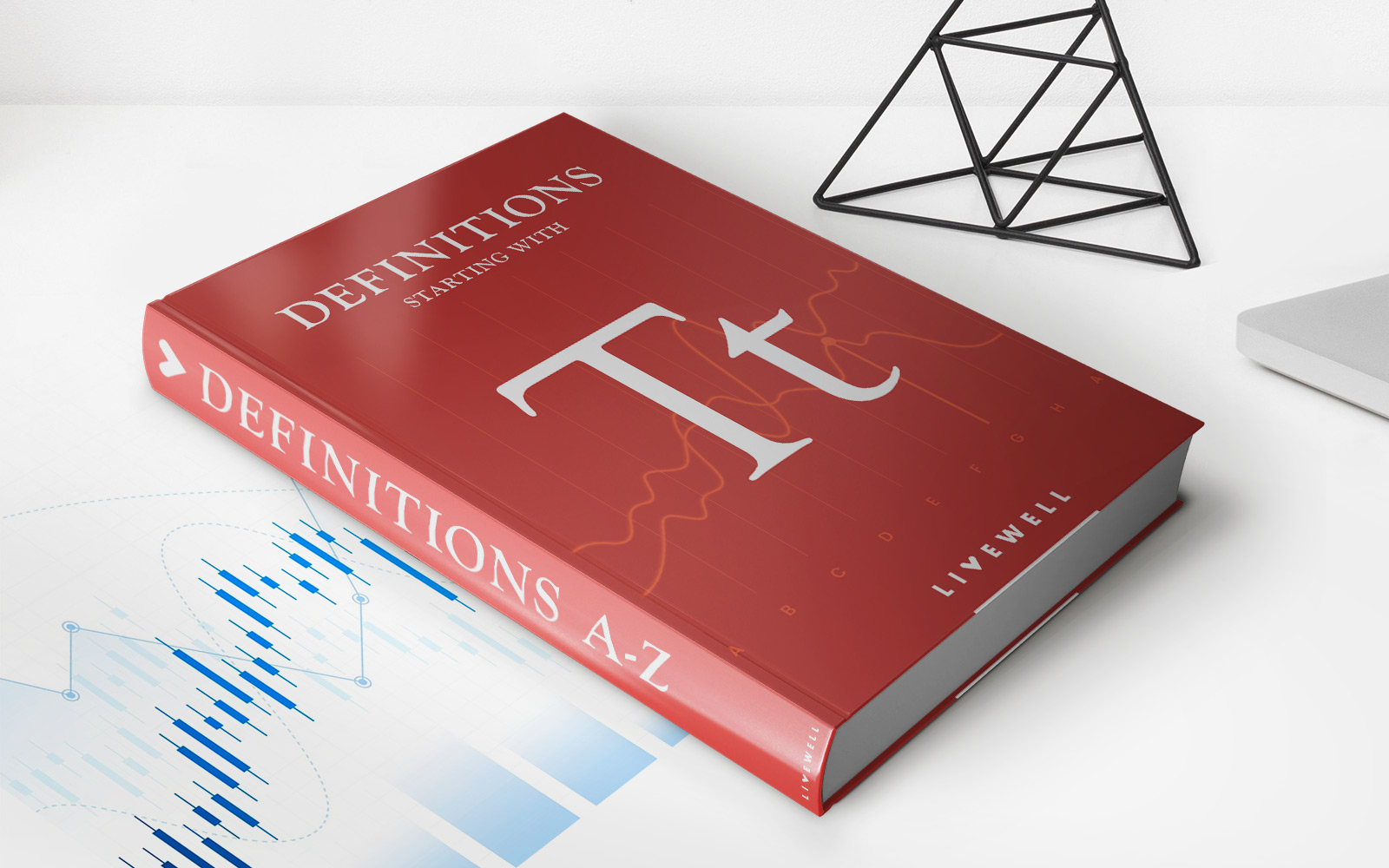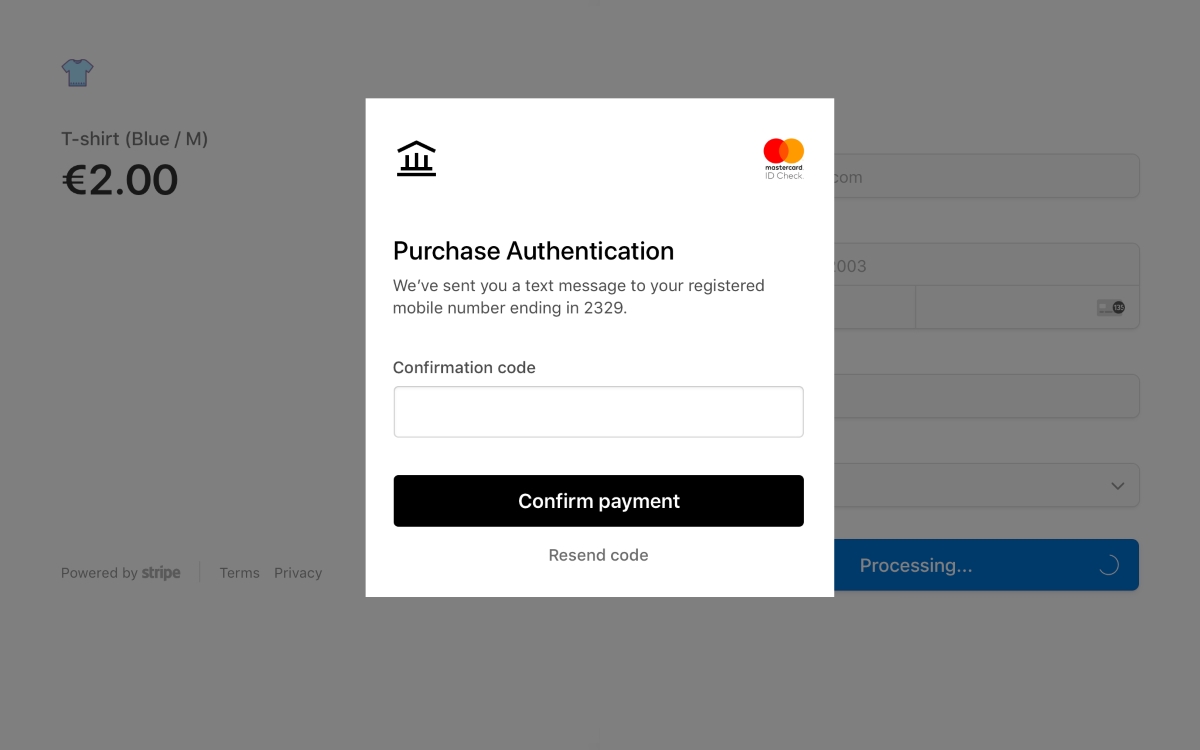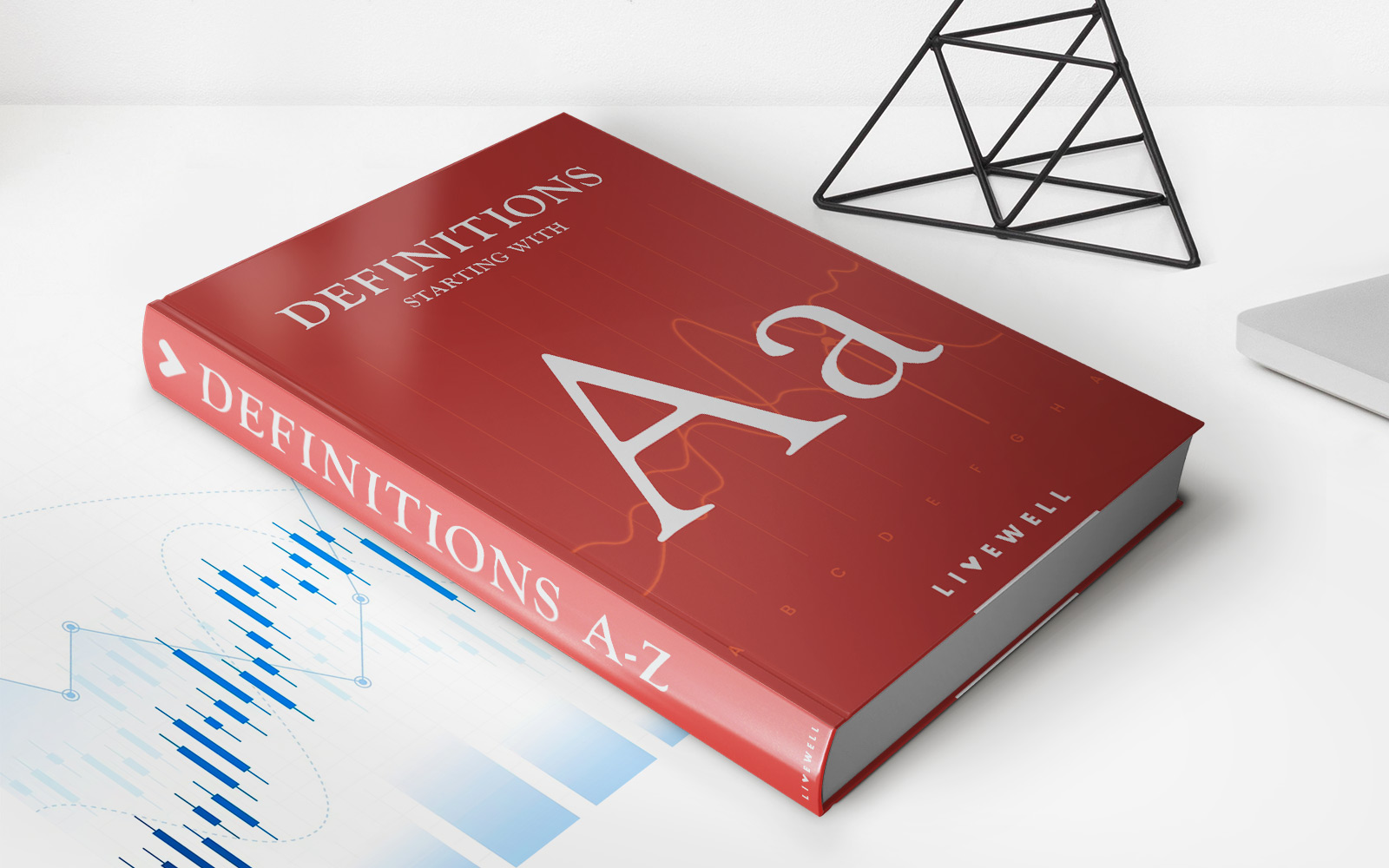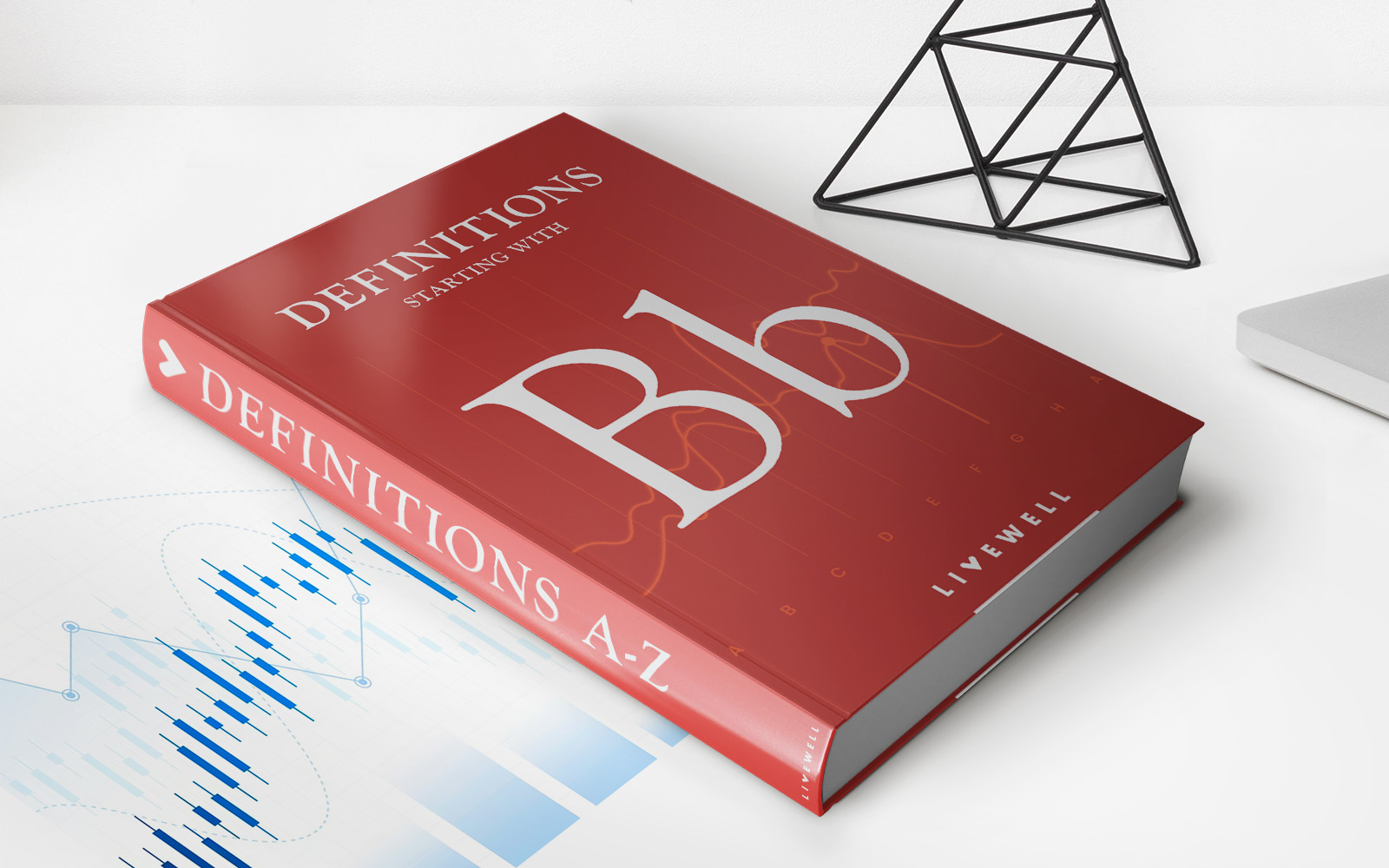Home>Finance>Injunction Definition, Types, How To Obtain One, Example
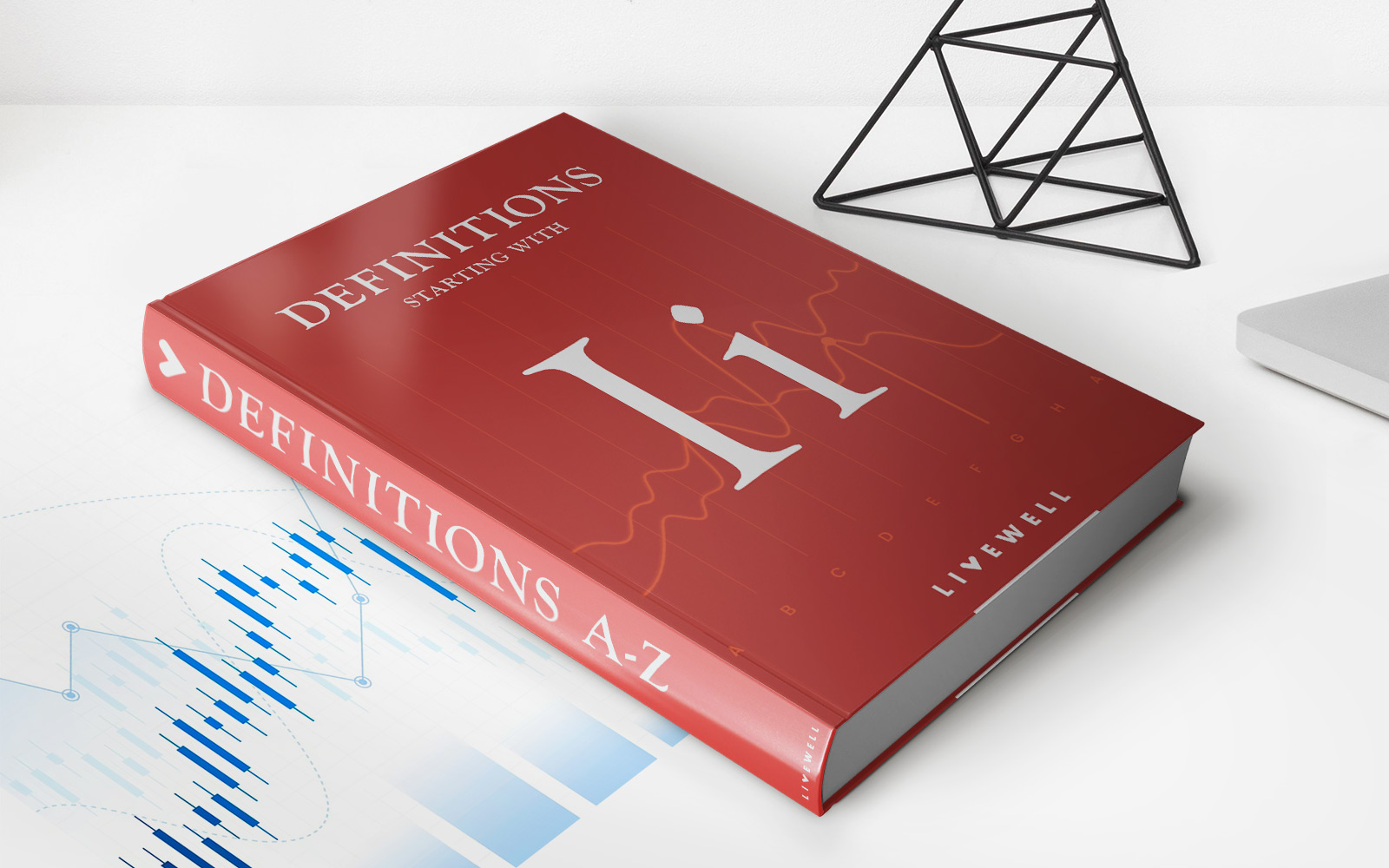

Finance
Injunction Definition, Types, How To Obtain One, Example
Published: December 9, 2023
Learn about the definition, types, and process of obtaining a finance injunction, along with a real-life example illustrating its application.
(Many of the links in this article redirect to a specific reviewed product. Your purchase of these products through affiliate links helps to generate commission for LiveWell, at no extra cost. Learn more)
Injunctions: Understanding the Basics
Have you ever wondered what an injunction is and how it works? In simple terms, an injunction is a court order that requires a party to do or stop doing a certain action. It is a powerful legal tool that can be used to prevent harm, preserve rights, and maintain the status quo. But how does one obtain an injunction? What are the different types? And what are some real-life examples? Let’s explore the world of injunctions and find out!
Key Takeaways
- An injunction is a court order that requires a party to do or stop doing a certain action.
- There are three main types of injunctions: temporary, preliminary, and permanent.
Types of Injunctions
Injunctions can be classified into three main types:
- Temporary Injunctions: Also known as interim injunctions, these are temporary court orders that are typically issued during the pendency of a lawsuit. They are designed to maintain the status quo until the court makes a final decision on the case. Temporary injunctions are often sought in cases where immediate relief is necessary to prevent irreparable harm.
- Preliminary Injunctions: These injunctions are issued at the early stages of a lawsuit, before a trial takes place. They are used to preserve the rights and interests of parties involved in the case. Preliminary injunctions are granted based on a showing of a likelihood of success on the merits and the possibility of irreparable harm if the injunction is not granted.
- Permanent Injunctions: Also known as final injunctions, these are court orders that are issued at the conclusion of a lawsuit. Permanent injunctions are granted when the court determines that there is a clear legal right and a permanent injunction is necessary to prevent future harm or to enforce a legal obligation. Unlike temporary or preliminary injunctions, permanent injunctions are not time-limited.
How to Obtain an Injunction
The process of obtaining an injunction generally involves the following steps:
- Filing a lawsuit: The first step is to file a lawsuit and clearly state the reasons why an injunction is necessary.
- Requesting an injunction: Once the lawsuit is filed, the party seeking the injunction must request it from the court.
- Presenting evidence: The party seeking the injunction must present evidence to support their claims and show the court that an injunction is necessary.
- Legal arguments: Both parties will have an opportunity to present legal arguments to the court, supporting their respective positions.
- Court decision: The court will then decide whether to grant or deny the injunction based on the evidence and legal arguments presented.
An Example of an Injunction
To better understand how injunctions work, let’s consider a hypothetical example:
Imagine that a popular social media platform discovers that a rival company has been stealing their users’ personal information and using it for their own gain. Concerned about the potential harm to their users, the social media platform decides to pursue legal action and obtain an injunction.
The social media platform files a lawsuit against the rival company and requests a temporary injunction to immediately halt their activities. They present evidence of the theft and argue that their users’ privacy is at risk. After considering the evidence and legal arguments, the court grants the temporary injunction, ordering the rival company to cease their actions until a final decision is reached in the lawsuit.
In this example, the temporary injunction serves as a protective measure to prevent further harm while the lawsuit progresses.
Conclusion
Injunctions are powerful legal tools that can help protect individuals, companies, and their interests. Whether it’s to prevent harm, preserve rights, or maintain the status quo, an injunction can play a crucial role in legal proceedings. By understanding the various types of injunctions, the process of obtaining one, and real-life examples, you can gain a better understanding of how injunctions work and when they may be necessary.

